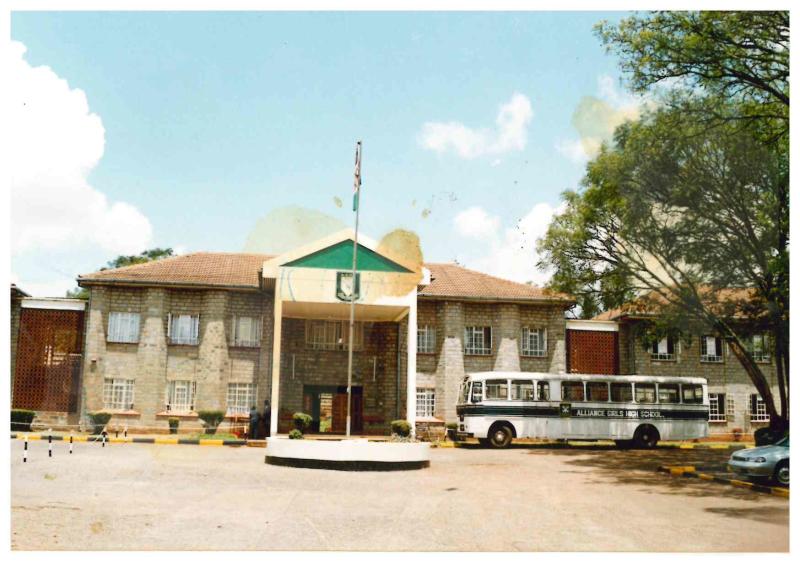×
The Standard e-Paper
Read Offline Anywhere

Alliance Girls High [Courtesy]
When formal education was introduced by British colonialists in the early 20th century, there were no secondary schools for girls. So when 17 girls outperformed boys, they had to be admitted to the best boys’ school before similar institutions could be established for them.